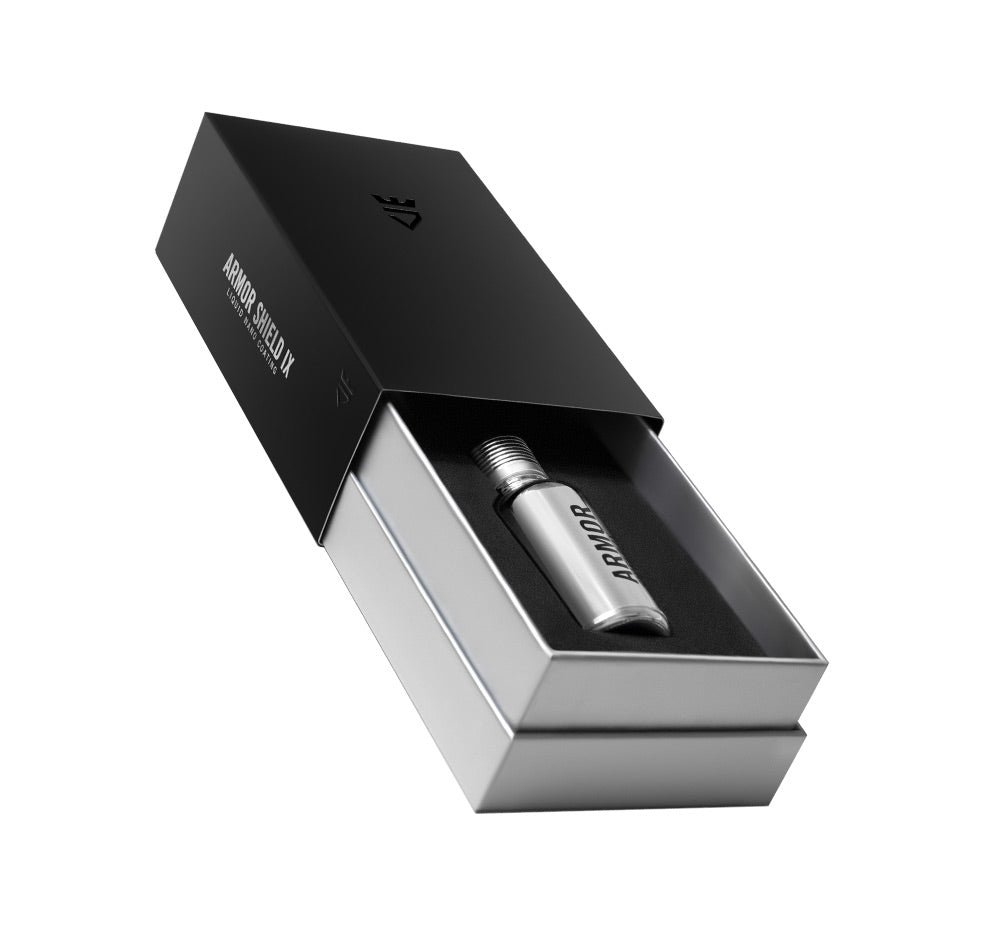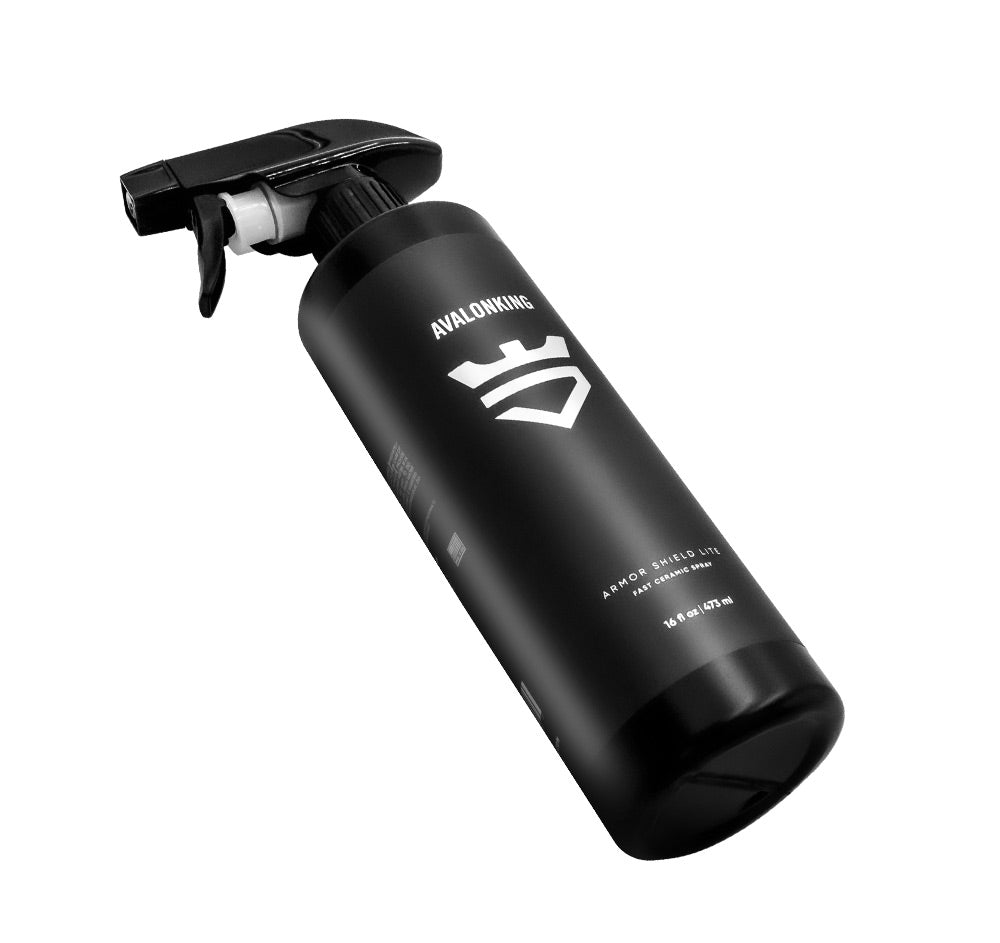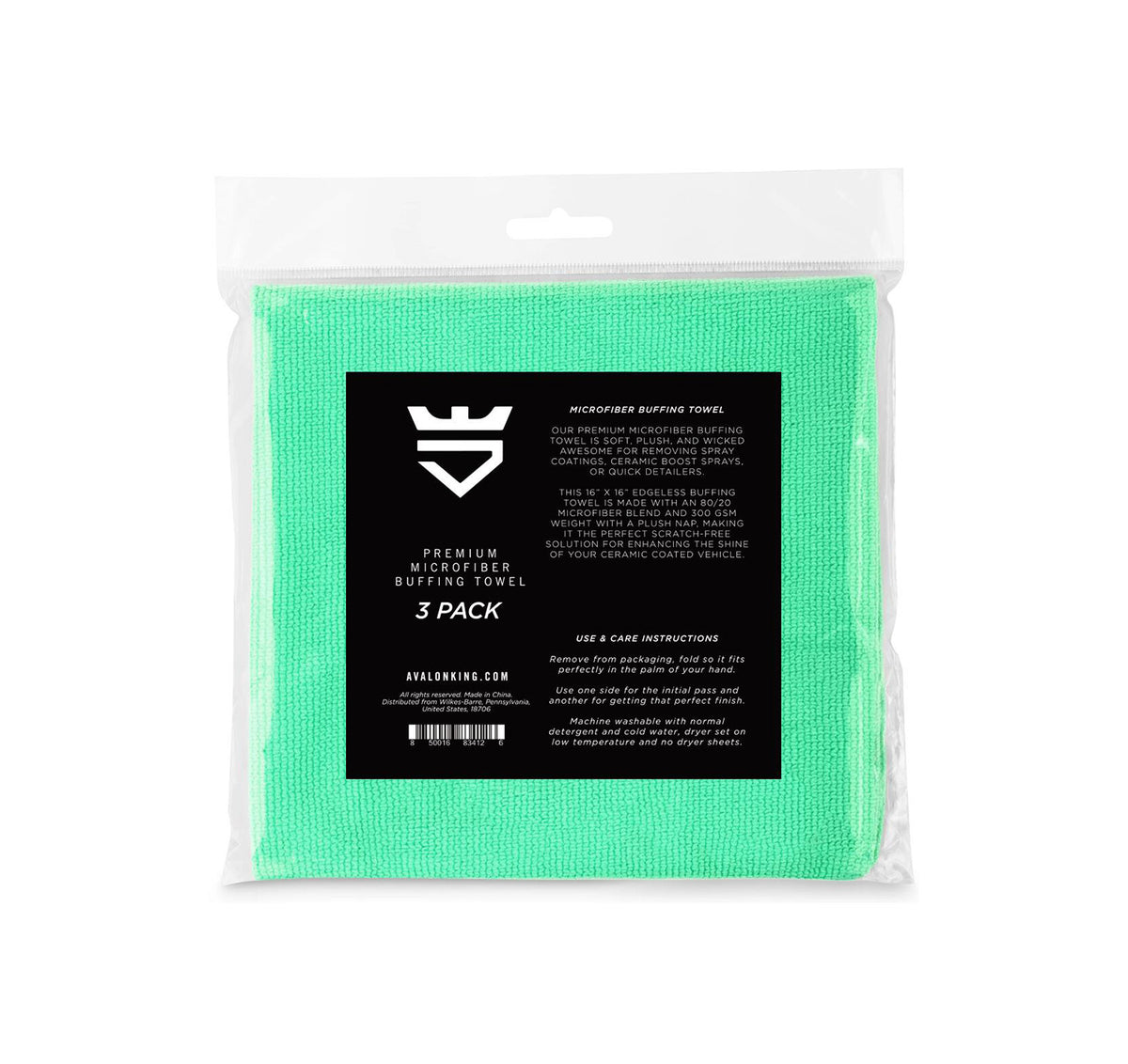What is Hydrophobic Coating? Explained by AvalonKing
In the world of automotive care and maintenance, hydrophobic coating is a term that often surfaces, especially when discussing ceramic coating. But what exactly is hydrophobic coating? In this comprehensive glossary entry, we'll delve into the depths of this intriguing concept, exploring its definition, properties, uses, and much more. We'll also discuss its relation to ceramic coating, a popular protective layer used on vehicles.
Hydrophobic coating, as the name suggests, is a type of coating that repels water. The term 'hydrophobic' originates from the Greek words 'hydro' meaning water and 'phobos' meaning fear. Therefore, hydrophobic literally translates to 'fear of water'. However, in the context of coatings, it signifies a material's ability to resist water. This resistance is not out of fear, but a result of specific chemical properties that prevent water from adhering to the surface.
Understanding Hydrophobicity
Before we delve into the specifics of hydrophobic coatings, it's crucial to understand the concept of hydrophobicity. Hydrophobicity is a property of certain materials that repel water. This property is not just limited to synthetic materials, but is also observed in nature. For instance, the leaves of the lotus plant are known for their hydrophobic properties, which keep them clean and dry even in wet conditions.
Hydrophobicity is determined by the contact angle of a water droplet on a surface. The contact angle is the angle at which a liquid/vapor interface meets a solid surface. If the contact angle is greater than 90 degrees, the surface is considered hydrophobic. If it's less than 90 degrees, the surface is hydrophilic, meaning it attracts water.
The Science Behind Hydrophobic Coatings
Hydrophobic coatings work on the principle of surface energy. Surface energy refers to the excess energy at the surface of a material compared to the bulk of the material. High surface energy materials have a strong attraction to other materials, including water. Conversely, low surface energy materials have a weak attraction to other materials, making them more likely to repel water.
Hydrophobic coatings are designed to lower the surface energy of the material they're applied to. They do this by creating a microscopic layer of air between the coating and the water. This air layer prevents the water from coming into direct contact with the surface, causing it to bead up and roll off instead.
Types of Hydrophobic Coatings
There are several types of hydrophobic coatings available in the market, each with its own set of properties and applications. Some common types include fluoropolymer-based coatings, silicone-based coatings, and ceramic coatings. Each of these coatings has a different level of hydrophobicity, durability, and application process.
Fluoropolymer-based coatings are highly hydrophobic and are often used in industrial applications. Silicone-based coatings are less hydrophobic but are easier to apply and are commonly used in consumer products. Ceramic coatings, on the other hand, offer a balance of hydrophobicity and durability, making them popular in the automotive industry.
Hydrophobic Coating and Ceramic Coating
In the context of automotive care, hydrophobic coating is often associated with ceramic coating. Ceramic coating is a liquid polymer that is applied to the exterior of a vehicle to protect it from external damage. It forms a hard, durable layer on the surface of the vehicle, providing protection against UV rays, scratches, chemical stains, and more.

One of the key features of ceramic coating is its hydrophobic properties. When applied to a vehicle, ceramic coating creates a surface that water cannot easily adhere to. This causes water to bead up and roll off the surface, taking dirt and grime with it. This self-cleaning effect is often referred to as the 'lotus effect', named after the lotus plant's hydrophobic leaves.
The Benefits of Hydrophobic Ceramic Coating
Hydrophobic ceramic coating offers several benefits for vehicle owners. First and foremost, it enhances the appearance of the vehicle. The coating gives the vehicle a glossy finish, making it look like it's always freshly waxed. Additionally, the hydrophobic properties of the coating help keep the vehicle clean, reducing the need for frequent washes.
Another significant benefit of hydrophobic ceramic coating is its durability. Unlike traditional wax or sealant, ceramic coating does not wear off easily. It can last for several years, providing long-term protection for the vehicle. Furthermore, the coating also provides protection against UV rays, chemical stains, and scratches, helping maintain the vehicle's paintwork in pristine condition.
Application Process of Hydrophobic Ceramic Coating
The application process of hydrophobic ceramic coating involves several steps. First, the vehicle needs to be thoroughly cleaned to remove any dirt or grime. This is typically done through a process called paint correction, which involves washing, clay barring, and polishing the vehicle.
Once the vehicle is clean, the ceramic coating is applied. The coating is usually applied by hand using a microfiber applicator. It needs to be spread evenly over the surface and allowed to cure for a certain period. The curing process allows the coating to bond with the vehicle's paint, forming a hard, durable layer.
After the coating has cured, it's buffed to a high shine. This gives the vehicle a glossy finish and brings out the hydrophobic properties of the coating. Once the coating is fully cured, water will bead up and roll off the surface, keeping the vehicle clean and protected.
Conclusion
Hydrophobic coating is a fascinating concept that has found numerous applications, particularly in the automotive industry. Its ability to repel water not only keeps surfaces clean but also provides long-term protection against external damage. While there are several types of hydrophobic coatings available, ceramic coating stands out for its balance of hydrophobicity, durability, and aesthetic appeal.
Understanding hydrophobic coating and its relation to ceramic coating can help vehicle owners make informed decisions about their vehicle's care and maintenance. With its numerous benefits and long-lasting protection, hydrophobic ceramic coating is a worthwhile investment for any vehicle owner looking to keep their vehicle in top-notch condition.
Ready to elevate your vehicle's protection and shine? Discover the premium range of car care essentials from AvalonKing, where quality meets innovation. From our top-tier ceramic coating to our effective car shampoo, we have everything you need to maintain your car's pristine condition. Check out our products today and join the ranks of satisfied vehicle owners who trust AvalonKing for their car cleaning solutions.










